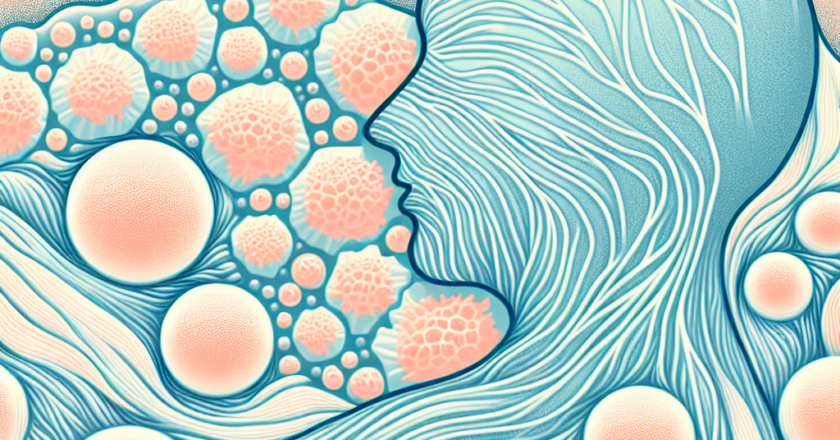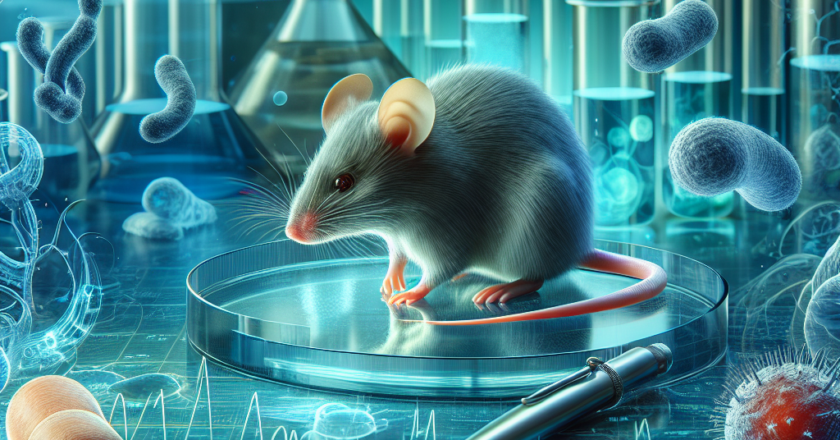NIH’s $4 Billion Overhead Cost Cut: A Strategic Financial Decision
Summary:
- The NIH plans to cut overhead costs, saving around $4 billion by the end of the fiscal year.
- This cut represents almost half of the $9 billion allotted for overhead through the indirect cost rate.
Author's Take:
The NIH's significant cost-saving measure to cut overhead costs by $4 billion showcases a strategic financial decision that impacts not only its operations but also reverberates through the related sectors like tools stocks. This move reflects a proactive approach by the NIH to manage its budget efficiently amidst evolving economic landscapes, showcasing adaptability and foresight in financial planning.
Click here for the original article.










